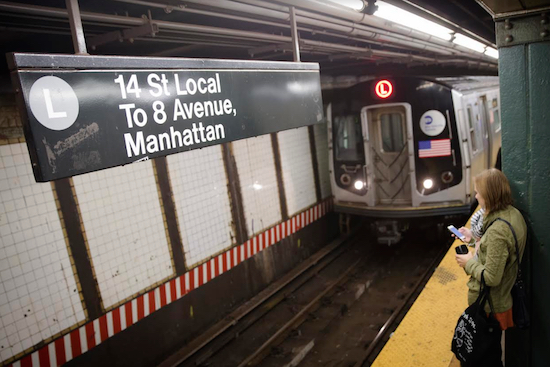Make Your Voice Heard: MTA, DOT to host 4 public forums on L-Train shutdown

MTA and DOT announced a series of four public forums on the L-train shutdown for commuters and business owners to learn more about the transit organization’s mitigation plan. AP Photo/John Minchillo
An estimated 225,000 people will have their lives dramatically altered come April 2019 when the L train is shut down for 15 months.
The reason for the closure is clear: Repairs need to be made to the Canarsie Tunnel, which was damaged in Superstorm Sandy.
How MTA plans to alleviate commuting during that time, however, is not so straightforward.

Brooklyn Boro
View MoreNew York City’s most populous borough, Brooklyn, is home to nearly 2.6 million residents. If Brooklyn were an independent city it would be the fourth largest city in the United States. While Brooklyn has become the epitome of ‘cool and hip’ in recent years, for those that were born here, raised families here and improved communities over the years, Brooklyn has never been ‘uncool’.